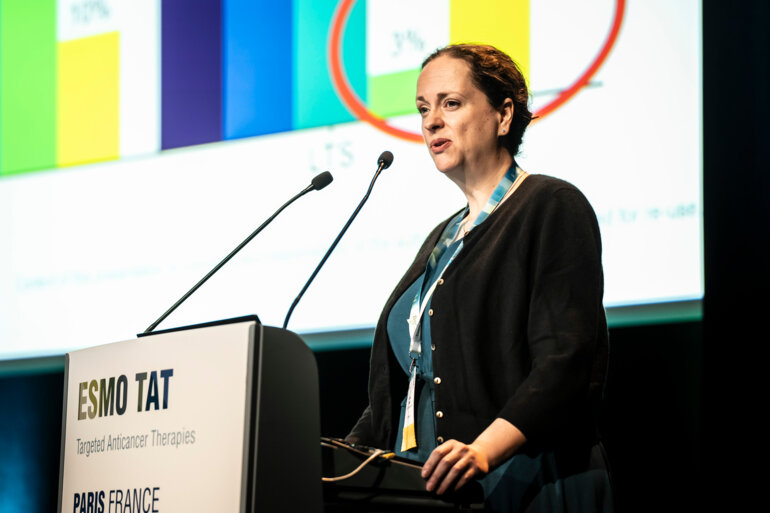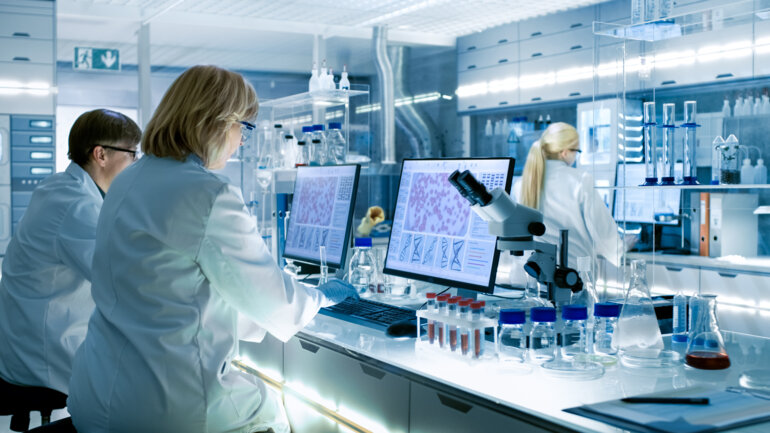A study illustrates a methodology that shows promise to distinguish true negative liquid biopsy results from indeterminate results that may benefit from follow-up tissue testing
Although liquid biopsy represents a key weapon in tumour profiling, interpretation of negative results is still challenging and needs to be clarified by using tissue testing as a reference. As reported in a study, the algorithmic quantification of circulating tumour DNA (ctDNA) by tumour fraction (TF) shows promise to increase confidence to distinguish true negative results from false negatives due to insufficient ctDNA shed (Clin Cancer Res. 2024 Mar 25).
In the study, ctDNA TF was defined as the proportion of total cell free DNA in a sample which is tumor derived and was quantified by combining multiple methods. Researchers assessed concordance between liquid biopsy and tissue-based results, stratified by ctDNA TF, in a real-world genomic data set of paired samples across multiple disease types. Positive percent agreement (PPA; sensitivity), negative predictive value (NPV), and negative percent agreement (NPA; specificity) for detection of common oncogenic alterations were calculated for a total of 3,854 patients with non-small cell lung cancer (n = 61 1,753), breast carcinoma (n = 835), colorectal cancer (n = 859), and pancreatic cancer. Also, the frequency of tissue results was assessed by identifying driver alterations in lung cancer patients after negative liquid biopsy results in a real-world clinicogenomic database.
The positive percent agreement and negative predictive value between liquid and tissue samples for driver alterations increased from 63% and 66% for all samples to 98% and 97% in samples with ctDNA TF ≥1%, suggesting a higher confidence in making clinical decisions on liquid biopsy alone. Also, 37% of patients with lung cancer with negative comprehensive genomic profiling results on liquid biopsy reported to have a driver alteration and ctDNA TF <1%.
Commenting on these results, however, Prof. Umberto Malapelle, University Federico II of Naples, Italy, points out that “the TF evaluation is different for different available assays, and this can lead to discrepancies in the results evaluation, in particular for negative ones”. He concludes: “Considering these aspects, a harmonisation among the different procedures aiming to evaluate the TF is needed and this point can be, in example, reached by an international collaborative effort comparing the different methods in different labs and at different times. As always, collaboration is the key strategy to overcome the barriers.”






